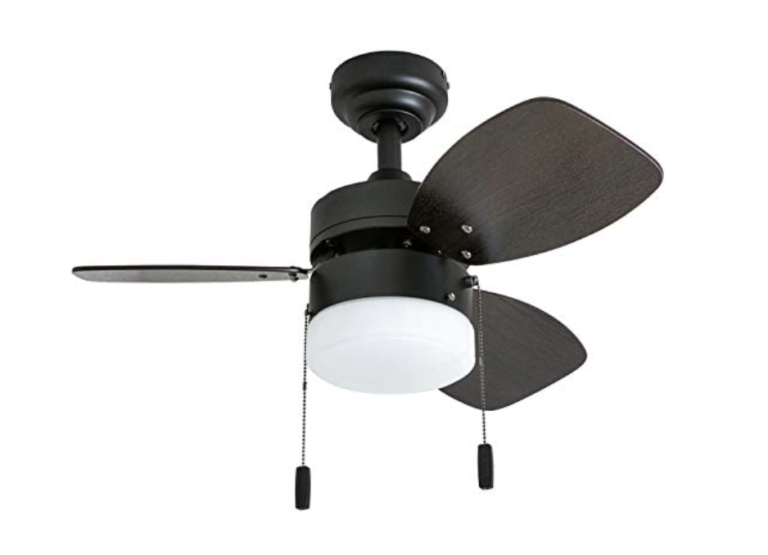How To Choose The Best Projection Screen With Foldable Stands
Types of Projection Screens
Projection screens come in a variety of different sizes and types, so it’s important to choose the one that best fits your needs. Different materials are suited for different purposes, from a matte white surface for home theaters to the high quality glass beaded screens used for commercial presentations.
If you’re projecting in a bright room, an ambient-light-rejecting material such as a gray material can help darken the room and create better contrast. For interactive applications and gaming, micro-perforated surface with a throw distance up to 10 feet is best. Whatever type of screen you choose, it’s essential to understand the viewing area and how it will interact with the projector.
Measuring the Viewing Area
When figuring out what size screen you need, you need to take into account the room size and determine the viewing area. An essential part of finding the perfect screen for your home theater setup is knowing the dimensions of the viewing area. Depending on the distance between the screen and the viewing area, you can calculate the optimal size of the screen. Generally speaking, the ideal screen size is determined by dividing the horizontal viewing distance by two. For example if your seating is 12 feet away from the screen, the ideal size for that space is a 6 foot wide screen.
Before you purchase a screen, you need to be aware of the size of the viewing area. It is important to know the size of the wall or space that is available for mounting the screen. You also need to make sure that the screen fits in the allotted area. You can use a measuring tape to determine the size of the viewing area in feet and use this to find the right screen size. Ultimately, it is important to make sure that the screen fits properly in the area to prevent any mishaps or accidents during installation.
Factors to Consider When Choosing the Right Screen
When selecting a projection screen, one should consider many factors. Firstly, the size of the viewing area should be a primary concern. Measurement of the available space is necessary to find the best suited screen size and shape. Projection screens are available in various shapes and sizes, to fit any space.
Next, the screen materials should be taken into account depending on how it will be used. For example, some materials are better suited for a classroom setting, while others are best for home theaters. Be sure to do your research to assess the various materials and their compatibility with the projector being used. Not all brands are equal, so make sure you shop around to get the best value.
Comparing Different Brands
It’s important to compare different brands when choosing the right projection screen for your needs. Consider the size and format of the screen, the materials it’s made of, whether it has any additional features such as acoustic absorption, light diffusion, and the price. Many screens are available in a variety of materials, so you should be sure to read reviews or check customer feedback before making a purchase. Additionally, compare the warranty offered by each manufacturer and weigh the benefits of buying from an established brand versus a new or unknown company.
When assessing the quality and reliability of different brands, consider price point as well as the company’s reputation for service, customer satisfaction, and the length of time they have been in business. Ensure too that the products they are producing are tested for performance and reliability prior to being sold to the public. This will ensure that you’re getting the most out of your purchase and that the products are of the highest quality. Make sure to look at online reviews to get a better understanding of the company’s history and customer experience.
Benefits of Foldable Stands
Foldable stands drastically improve the portability of projection screens. Whether you need to transport your stand to a school or business presentation, you can pack it up quickly into the provided carrying bag and go. This feature can be especially helpful for businesses that present in multiple locations.
Foldable stands are also beneficial for saving space in smaller meeting rooms or classrooms. Utilizing a foldable stand rather than a wall-mounted installation saves wall space and makes it easier to store the stand when not in use. This can also be ideal for users who need to be able to move their screen to a different room or location.
Installation Considerations
When installing a projection screen, there are several factors to consider. Firstly, make sure you are following all necessary safety regulations and that you have the necessary tools and materials for the job. You should also make sure that the area in which you plan to set up your screen is suitable for its size and weight. You may also want to make sure that the power supply is adequate for the projector and that it is properly grounded.
Additionally, there may be restrictions on the type and number of anchors used to mount the screen. Check with your local building code to ensure you are compliant. Finally, make sure the screen is securely mounted and that there is minimal potential for the screen to become damaged while in use. With the right installation precautions, you should be able to set up your screen in no time.
Setting Up the Screen
Installing a projection screen is a relatively simple procedure. Begin by assembling the parts of the screen or unrolling the canvas. Next, attach the frame to any mounting brackets necessary. Ensure that the frame fits properly into the appropriate slots. Finally, hang the screen onto wall brackets or a wide-based stand.
It is important to note that you may need to adjust the tension on the frame. You can do this by gently tugging at some of the frame corners to tighten the material. Depending on the type of mounting apparatus used, you may need assistance or additional tools to properly install the projection screen.
Factors to Consider When Buying a Foldable Stand
When you buy a foldable stand for your projection screen, there’s a few things you should keep in mind. First of all, make sure the stand can support the size of the screen. A common rule of thumb is to look for a stand that is 10-12 inches taller than your screen. It’s also important to consider your space limitations as you don’t want to have a stand that sits too close or too far away from the screen.
Secondly, you also want to make sure the stand is sturdy and secure. Not only does this help with the overall safety of the stand and your screen, but it also ensure the stand won’t move or wobble. You’ll want to look for a stand that is made with a high-quality material. Additionally, look for one with adjustable legs and locking pins that can hold the leg in one secure position. By being mindful of these factors, you can find the perfect foldable stand that will make your projection screen viewing experience much enjoyable.
What types of projection screens are available?
There are a variety of projection screens available, including manual pull-down screens, electric screens, floor rising screens, retractable screens, and fixed frame screens.
How do I measure the viewing area for the right screen?
The viewing area should be determined based on the size of the room, the desired viewing distance, and the resolution of the projector being used.
What factors should I consider when choosing the right screen?
When selecting the right screen, consider factors such as the type of viewing experience you want, the size of the room, the brightness of the projector, and the viewing angle.
What should I look for when comparing different brands?
When comparing different brands, look for features such as viewing angle, gain, aspect ratio, and color accuracy.
What are the benefits of foldable stands?
Foldable stands provide a convenient and portable way to set up a projection screen. They can be easily folded away when not in use and are great for use in small spaces.
What installation considerations should I be aware of?
Installation considerations include the size of the room, the desired viewing distance, the brightness of the projector, and the position of the projector.
How do I set up the screen?
Setting up the screen involves attaching the screen to the foldable stand, connecting the necessary cables, adjusting the height of the screen, and aligning the projector.
What factors should I consider when buying a foldable stand?
When buying a foldable stand, consider factors such as the size of the screen, the type of material used, the weight capacity, the height adjustment range, and the overall stability.
- How To Choose The Best Lap Desk For Laptop And Writing - 15 October 2023
- How To Choose The Best Projection Screen With Foldable Stands - 14 October 2023
- How To Choose The Best Antifungal Pill For Dogs - 13 October 2023




